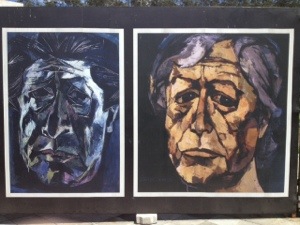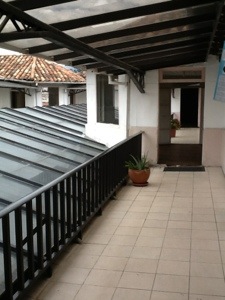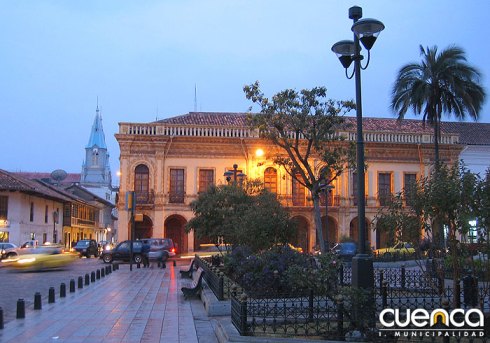Just as each individual’s life experience is unique, so are interpretations of the truth. Therefore just because perceptions of the truth may vary does not mean they are not valid. Every individual’s interpretation of the truth is an important piece of the puzzle. You can’t make a whole without all of its parts.
We were reminded today that there is always more to the truth than just one individual’s interpretation of the truth. It is our responsibility as social workers to always strive to get as many interpretations of the truth as we can before coming to a conclusion or making a decision about any issue. As social workers it is our responsibility to always work hard to get as close to the truth as possible, for the truth has many layers and endless perspectives. Therefore my fellow social workers, we have a great deal of work that lies ahead and much truth seeking to keep us all very busy for many years to come. Remember that whenever you think you have it all figured out, life will always come along to remind you that you do not. Never stop seeking knowledge and the truth – it is what empowers you and the people who you serve.
“There are only two mistakes one can make along the road to truth; not going all the way, and not starting. ”
Buddha



